The not-so-secret-anymore lunar mining startup
Hello and welcome back to TechCrunch Space. We’re just two days away from Intuitive Machines’ first-ever mission to the moon. Pro-tip: If you haven’t already, check out this ultra thorough press kit on the mission — the company goes into a ton of detail about the lander architecture, the payloads on board and everything that will happen during the mission.
Want to reach out with a tip? Email Aria at aria.techcrunch@gmail.com or send me a message on Signal at 512-937-3988. You can also send a note to the whole TechCrunch crew at tips@techcrunch.com. For more secure communications, click here to contact us, which includes SecureDrop (instructions here) and links to encrypted messaging apps.
In honor of the forthcoming IM-1 launch, this week I’m highlighting a story I wrote about the mission when SpaceX and Intuitive Machines (finally) announced the date and time for lift-off. Like many guessed, they’re targeting February 14 at 12:57 a.m. EST, with an extra few days as back up in case weather or some other issue delays launch.
Intuitive Machines is hoping to pave the way for commercial success in the nascent lunar economy, with the company saying in the press kit that this mission’s success “will lay the groundwork for a burgeoning lunar economy, opening new possibilities for research, commerce, and exploration.”
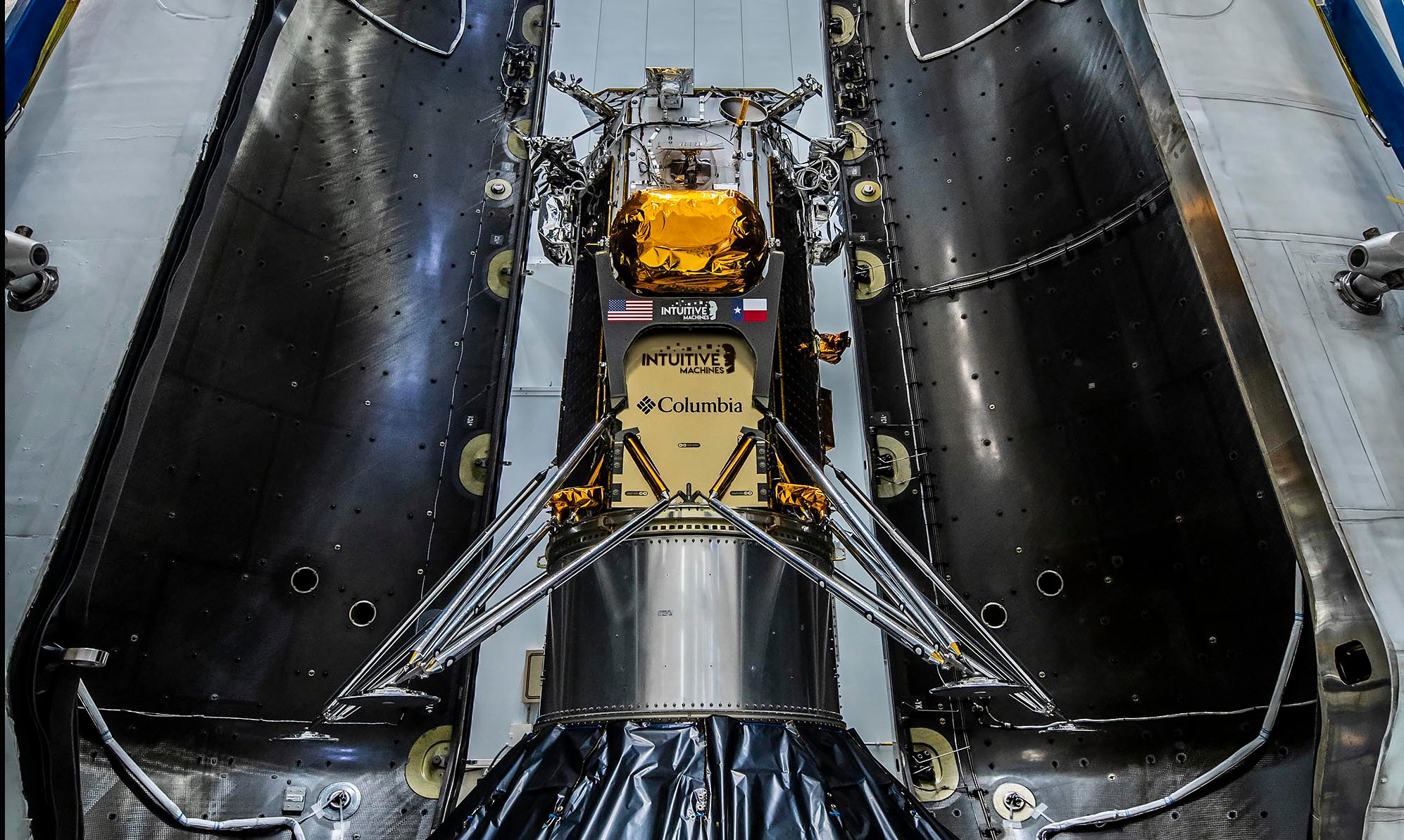
Image Credits: SpaceX
Last week, I wrote about Interlune, a stealthy startup founded by ex-Blue Origin leaders that closed $15 million in new funding.
But the rationale for raising the capital was poorly understood. Interlune, headed by ex-Blue Origin President Robert Meyerson, had kept things very, very close to the chest. Until now. Two of Interlune’s confidential pitch decks, dated spring 2022 and fall 2023 and viewed by TechCrunch, reveal that the startup was seeking that funding to build and test resource extraction hardware for lunar helium-3 (He-3).
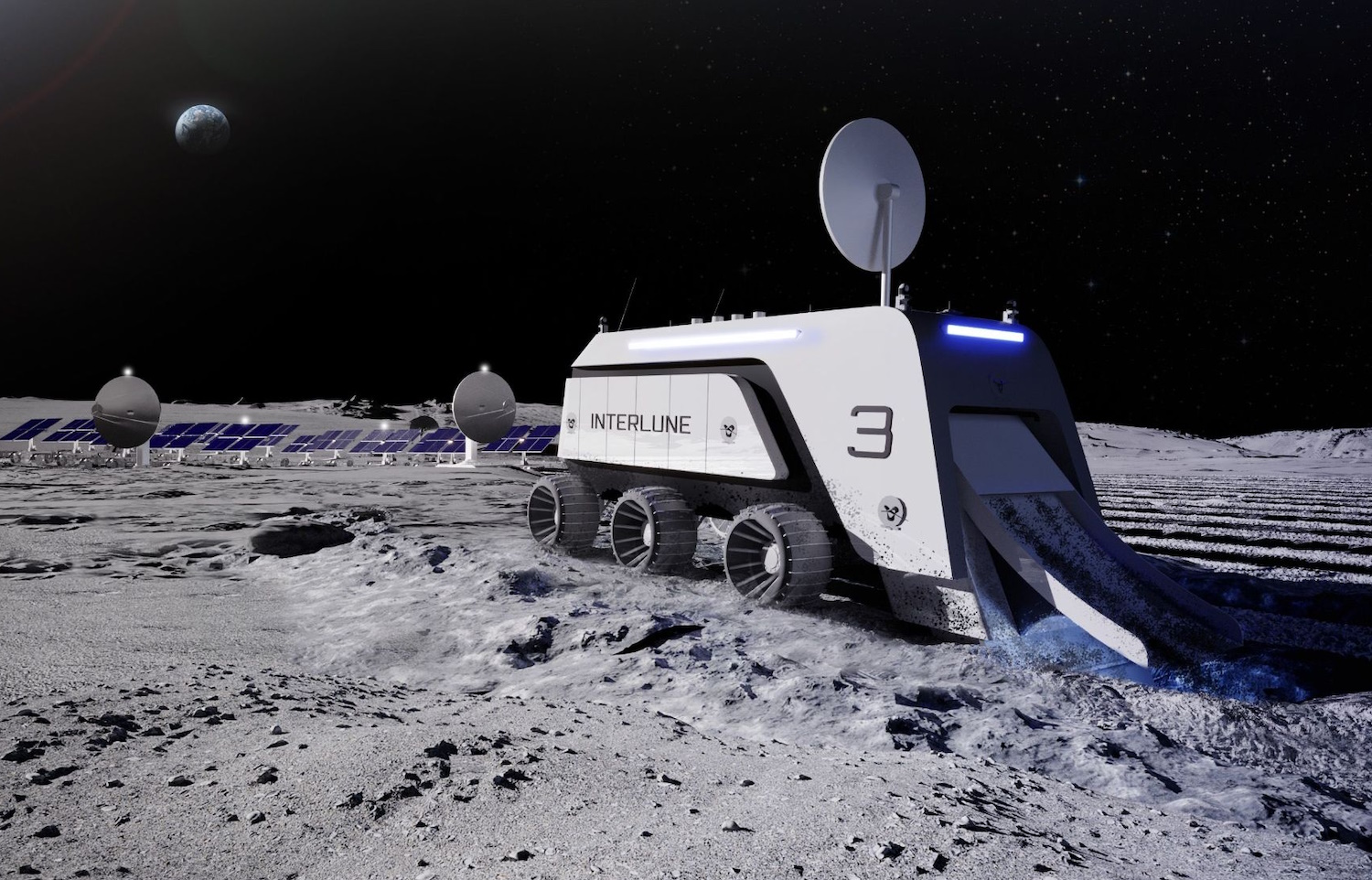
Image Credits: Interlune
Launch highlights
SpaceX launched a $1 billion NASA Earth science satellite on a Falcon 9 last week, bringing to a close around two decades of development and planning.
The Plankton, Aerosol, Cloud, ocean Ecosystem (PACE) spacecraft will collect data on marine ecosystems, the ocean and our atmosphere, which will help scientists better understand everything from phytoplankton to air quality to how the ocean and atmosphere exchange carbon.
“PACE is going to show us the biology of the oceans at a scale that we’ve never been able to see before,” Karen St. Germain, director of NASA’s Earth Science division, said during a media briefing.
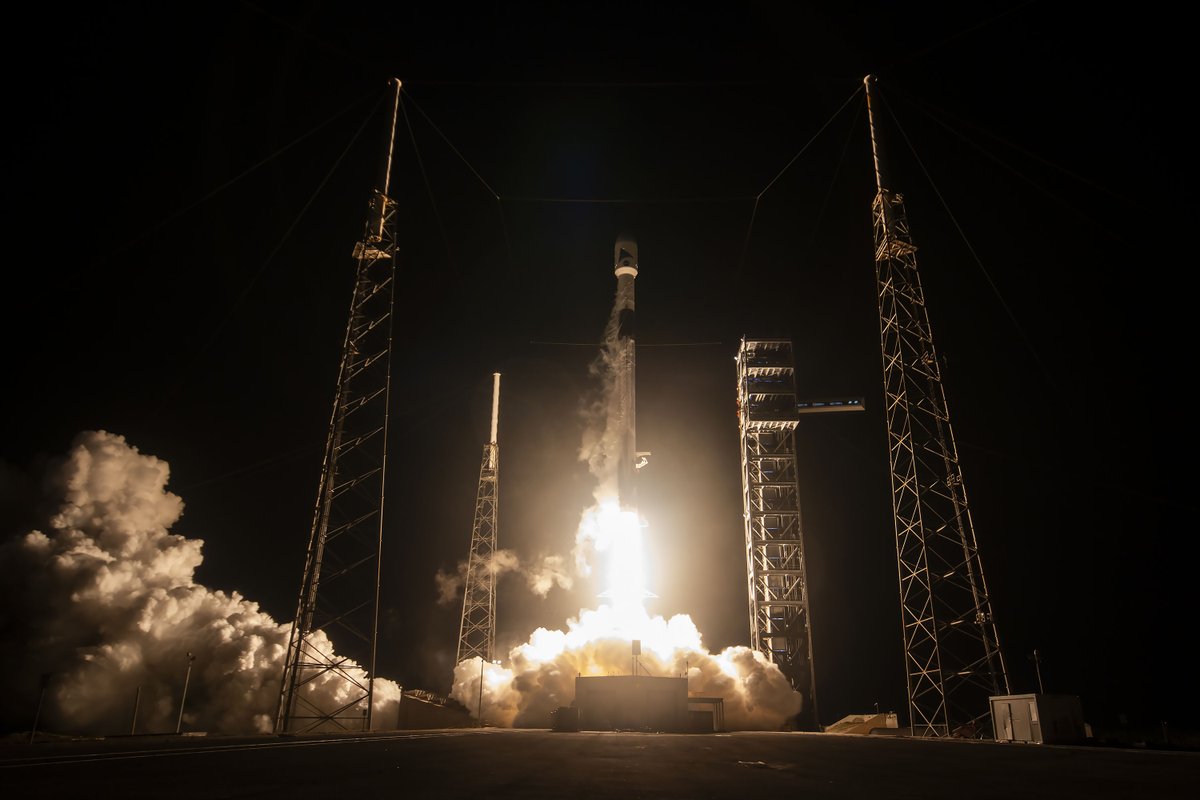
Image Credits: SpaceX
CNBC’s Michael Sheetz spoke to seven bankers about the probable sale of United Launch Alliance and the three bidders currently in the running, including Blue Origin and aerospace contractor Textron. He takes a closer look at what the acquisition would mean for each of the possible buyers — and for the future of launch.
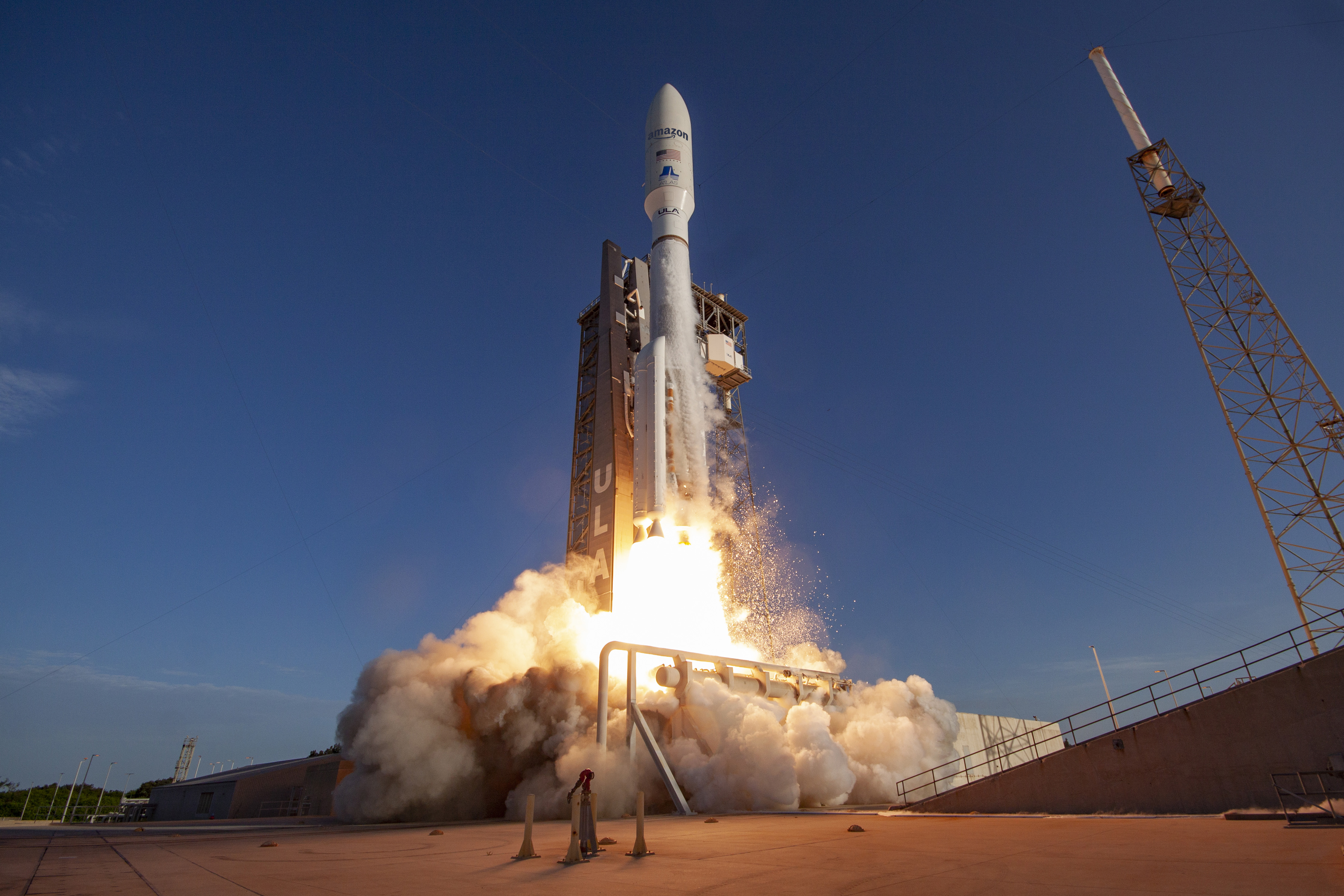
Image Credits: Amazon / ULA
This week in space history
I finally have an excuse to use one of my favorite photographs from the history of space, ever: that of astronaut Bruce McCandless, who on February 12, 1984, used a nitrogen jet-propelled backpack to venture farther from the space shuttle than anyone ever had before.
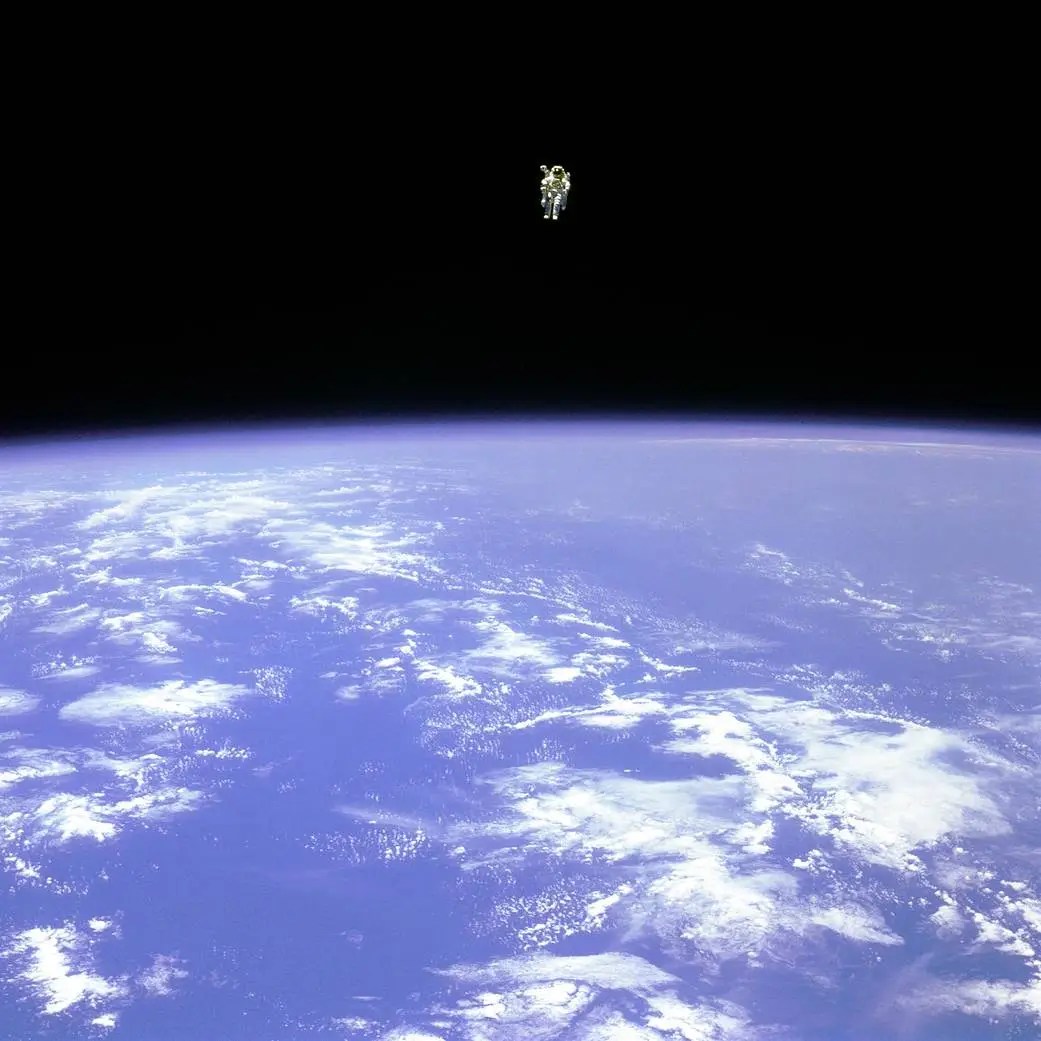
Image Credits: NASA (opens in a new window)

